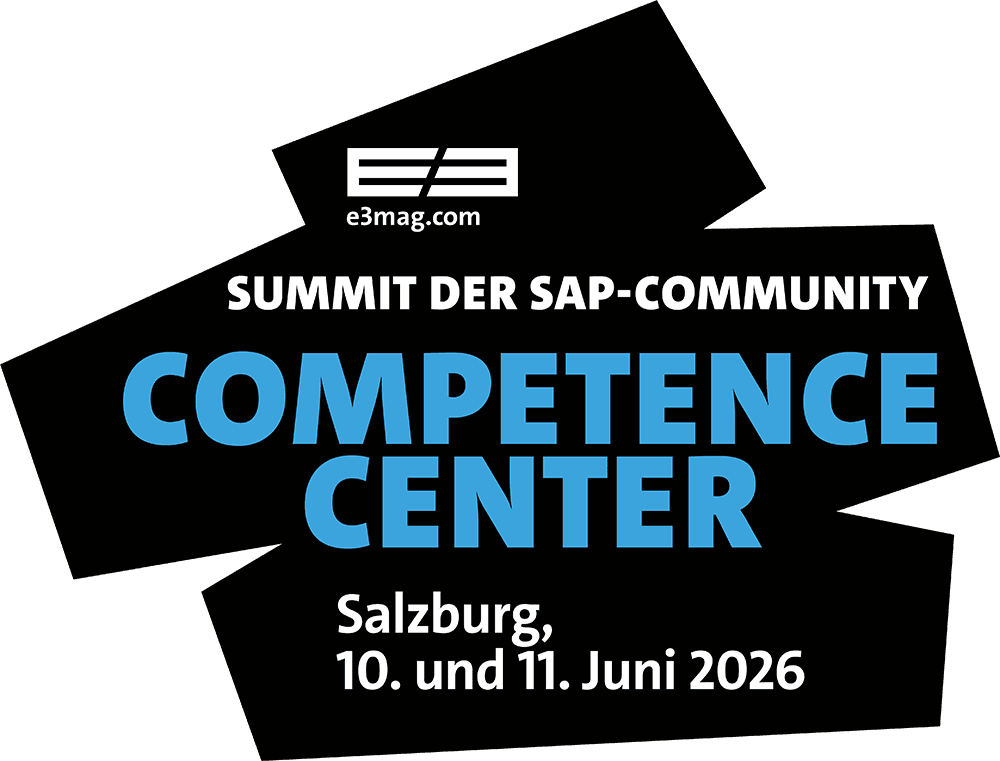A big step towards data-driven maintenance


In addition to innovation and globalization, digitalization is one of Schöck Bauteile's strategic fields of action. In order to play a pioneering role in addition to sustainability, Schöck has been using the SAP Plant Maintenance module (SAP PM) since 2017 to record fault messages and maintenance measures to be planned, for system-supported and automated maintenance planning and for maintenance order processing for the documentation of maintenance measures and determination of internal maintenance costs. In 2024, the introduction of the Argvis Maintenance Portal was on the Schöck agenda.

"If you look at the daily work processes of maintenance staff, it is logical that they spend more time on the shop floor than working on the PC."
Sebastian Schmelz,
Product Owner Production,
Schöck components
Permanent access from anywhere
In 2022, the inventory management of maintenance-relevant spare parts was also implemented for SAP PM via SAP Materials Management (SAP MM), which was integrated into SAP PM, says Sebastian Schmelz, Product Owner Production, Schöck Bauteile: "Since then, we always know which maintenance orders and therefore which systems have used which spare parts - including determination of the spare parts costs per system."
Although the corresponding processes were directly tailored to Schöck and also functional, it was only possible to access these SAP processes via a PC workstation. "If you look at the daily work processes of maintenance staff, they are logically out and about in the factory more than they are working on the PC," says Schmelz. As a result, whenever the maintenance staff needed information from SAP or Schöck requested that the SAP system be supplied with information, the employees had to go to a PC.
Sebastian Schmelz explains: "We were therefore looking for a solution that would give maintenance staff permanent access to our system-supported processes from anywhere in the plant." With the new software, the maintenance staff should have access to worklists or material stocks, for example, when they need them, and also be able to document maintenance tasks when they are still at the plant and the activity is still very much present.
Maintenance Portal
In summary, Schöck has promised itself a number of benefits from the new mobile maintenance solution. Above all, it should significantly increase the efficiency of maintenance staff and improve data quality across all maintenance measures. "For the first time, this should enable us to create meaningful reporting for maintenance and form the basis for establishing data-based control mechanisms," summarizes Schmelz. As part of the search and decision-making process, Schöck had heard and seen six different providers of mobile maintenance solutions over the last two years, Sebastian Schmelz recalls: "In addition to Argvis, there were two other providers that convinced us in terms of functionality." In the end, Argvis won the race with the Argvis Maintenance Portal. The decision-makers were won over by functionalities such as individual customer adaptations, SAP standard interface, the choice between remote and cloud operation and the cost consideration over at least five years.
Functioning SAP processes
The Schöck project team then received approval for the introduction of Argvis from the Management Board - including budget approval - at the beginning of June 2024. The installation of the solution itself was completed in one to two weeks. This was followed by a five-week test and correction phase for minor customer-specific adjustments and corrections. All in all, they had a very tight schedule: it took just ten weeks from signing the contract to go-live, including the vacation phase. Sebastian Schöck explains: "Our project team consisted of an SAP in-house consultant including project management, a maintenance foreman (process manager) including deputy project management and two maintenance staff as permanent test users."
It was ideal that Schöck had already received test access before the order was placed and was able to try out the product. As Schöck did not have any SAP in-house developments in the area of maintenance, but these were now to be mapped in Argvis, Schöck could be fairly certain "that our SAP processes would work with the Argvis solution" (Schmelz). In addition, a requirements workshop was held together with Argvis before the order was placed in order to discuss the requirements and objectives on the part of Schöck, to have them designed and to estimate additional expenses, Schmelz says: "We were therefore able to estimate very well what had to be done and what we would have to expect before the order was placed and the project started."
Where the fault occurs
Today, the Argvis Maintenance Portal supports the day-to-day maintenance of Schöck components at the Baden-Baden plant at various levels. For example, the foremen from production, who previously had to look for a PC to record fault messages, can now record them directly where the fault occurs and then attach photos to the messages relatively easily. The maintenance staff themselves always have these messages with them as a worklist and can access data from the system from anywhere in the plant. Here, too, there is no need to go to the PC.
"Finally, thanks to the availability of information throughout the plant, the maintenance technicians also provide us with much more precise data in the form of their feedback, which now enables meaningful maintenance reporting and is a first step towards data-driven maintenance." At the Baden-Baden plant, ten production foremen and supervisors (mobile message recording), twelve maintenance staff (using worklists, reporting times, taking spare parts, documenting maintenance measures) and four maintenance colleagues with extended functions such as distributing tasks and carrying out evaluations are currently working with Argvis Maintenance Portal. The roll-out of the Argvis Maintenance Portal at the Schöck plants in Essen and Halle a. d. Saale is planned for 2025. This will roughly double the number of users.
Pictures from the smartphone
In daily use at Schöck's Baden-Baden plant, the mobile recording of fault reports is particularly important. Sebastian Schmelz explains: "On the one hand, the recording of the report is no longer forgotten, as the report can be recorded at any time from anywhere, and on the other hand, the reports are much more accurate with details of the start of the fault and good documentation of the damage based on images via smartphone." Sebastian Schmelz summarizes the Argvis Maintenance Portal implementation project as follows: "The Argvis Maintenance Portal was implemented primarily to bring our employees closer to the system so that our already implemented SAP processes provide the desired added value for both them and Schöck. The cooperation with Argvis was very good both before and during the project." All inquiries and questions were answered quickly and effectively, there were hardly any technical problems and when there were, they were responded to quickly. "In short, from the first contact to the successful completion of the project, Argvis gave us the feeling that we were well looked after and perceived as a customer with all our needs," concludes Schmelz.
Schöck components
Schöck Bauteile, based in Baden-Baden, is a company in the construction industry that specializes in innovative construction solutions and products to prevent thermal bridges and improve building quality. The company offers a wide range of products, including Isokorb load-bearing structures, solutions for impact sound and thermal insulation and reinforcement technology. The globally active company from Baden-Baden with over 900 employees serves more than 40 international markets Schöck products for insulation and load-bearing purposes in buildings are manufactured at six production sites in four European countries. An additional production site has been established in the USA.
Argvis Maintenance Portal
- More precise feedback and therefore more detailed data for evaluations
- Saves employees time by reducing the number of trips to PC workstations
- Better documentation options replace manual shift reports and fault libraries
- Simple assignment of faults and maintenance work by maintenance foremen to available maintenance staff using a graphical planning board






